
High quality mountain bike trails don’t just appear from thin air. A lot of work goes into assessment, planning, design, and funding before a single shovel touches dirt, and if a community doesn’t already have trails they may be unfamiliar with the process. With that in mind, the Greater Minnesota Regional Parks and Trails Commission teamed up with IMBA and Rock Solid Trail Contracting to produce a full-color, 246-page guide explaining the process and outlining best practices.
Mountain Bike Trail Development: Guidelines for Successfully Managing the Process was published earlier this year, and is available to download for free. (Printed copies are also available for purchase.)
“The core of the document is visioning, planning, design, putting products out to bid, everything that goes into those phases of the project,” IMBA Trail Solutions’ Director of Planning and Design, Mike Repyak, told me. “This is a resource for communities, trail champions, professional trail consultants, builders, and land managers. This is really just great way to outline how to go about doing a trail project.”
The book started out as a document to help Minnesota communities understand what great trails look like and how they’re built, which is especially useful when it comes to writing successful grant applications for trail funding. Those involved in creating the initial document realized the information could be applicable not just to communities in Minnesota, but also worldwide, and the 20-page document eventually grew to 246 pages. That’s roughly the same number of pages in IMBA’s Trail Solutions Guide to Building Sweet Singletrack, the trail building bible that was first published in 2004 and is still in use today.

The new MTB Trail Development Guidelines book is divided into 16 chapters, and the first chapter seeks to answer a pretty basic question: Why develop mountain bike trails? There are also chapters delving into the pros and cons of using professional trail builders versus volunteers, and what makes a quality trail experience. The guide also covers trail types and features, the importance of signage, and how sustainable trails are designed and built.
From there the book details the trail building process from start to finish, from assessment to planning, designing, contracting, building, and maintaining. The guide is full of colorful photos and graphics that makes it easy to read and understand.
While there is some overlap with previously published books like IMBA’s Guide to Building Sweet Singletrack and BLM Guidelines for a Quality Trail Experience (also available to download for free), this new book is geared squarely toward community members, land managers, and government officials who may not be familiar with how modern trails are created.
Though the guide provides a ton of information about getting trails built, it’s also written to inspire communities to invest in quality trails. Repyak says the hope is decision makers can use the guide to “get an idea of what this stuff looks like and how it gets built by professionals.”
Download a free copy of the guide or order a printed version from the IMBA website.





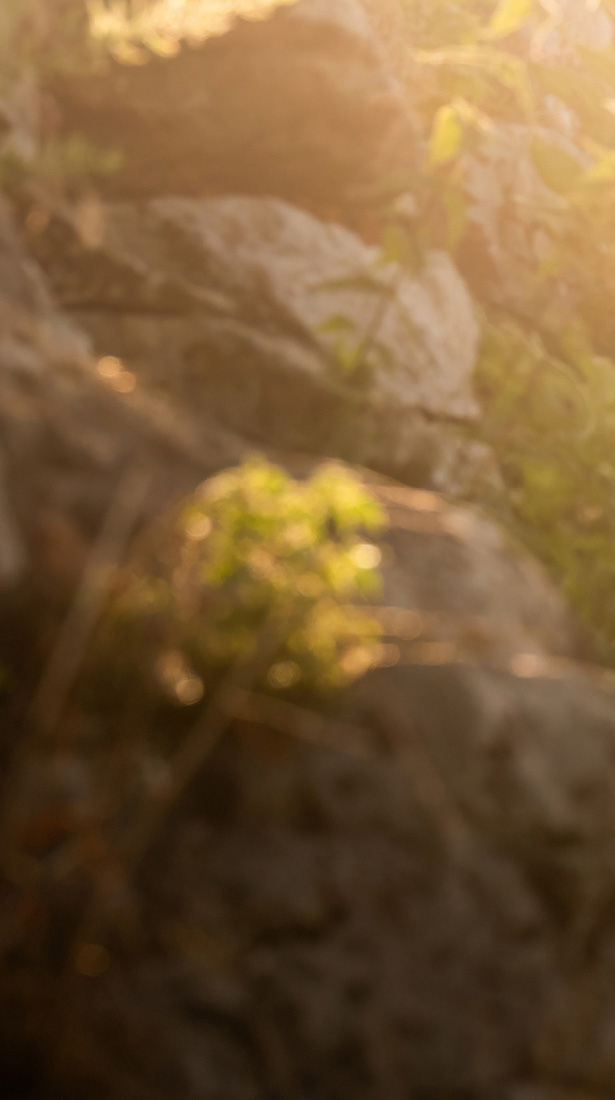
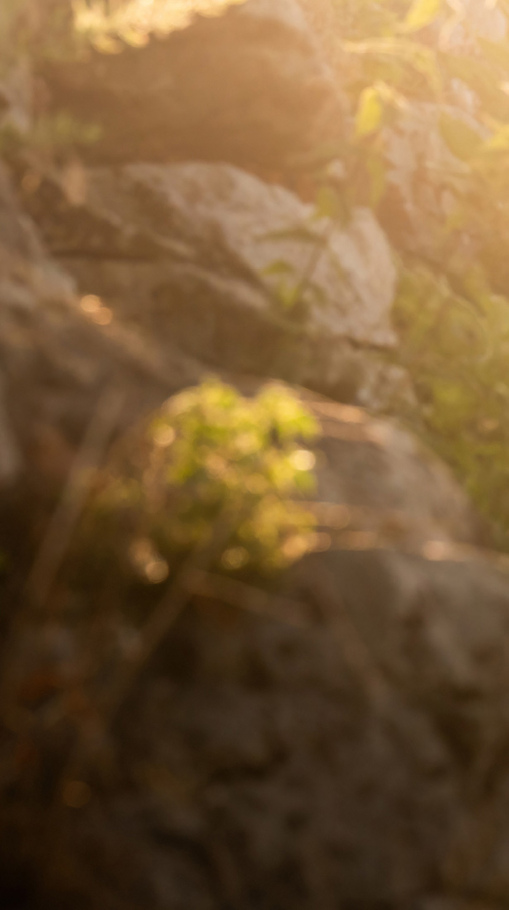

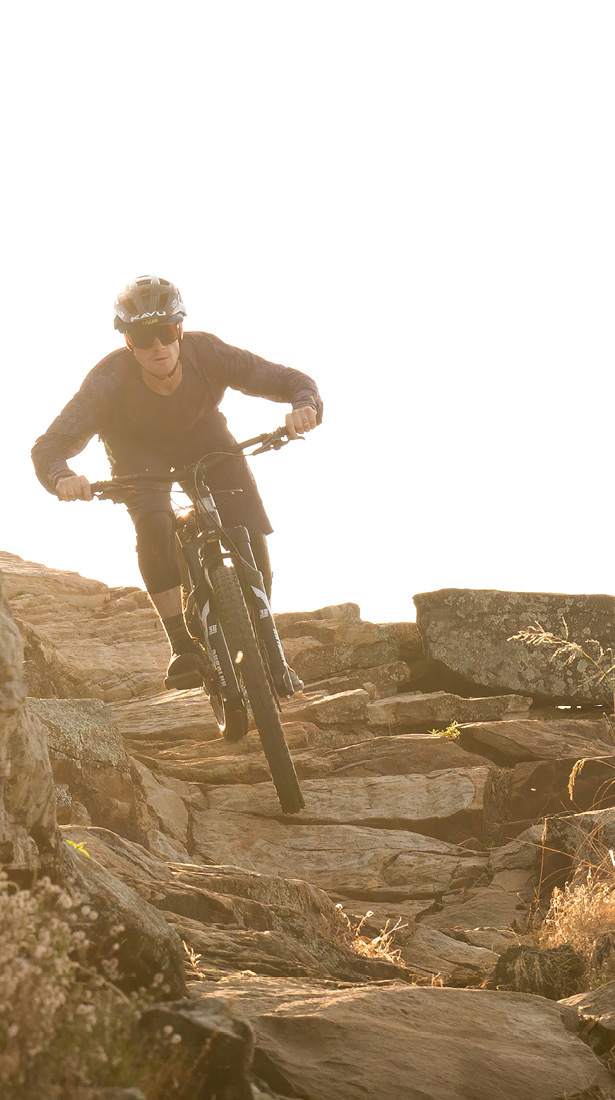

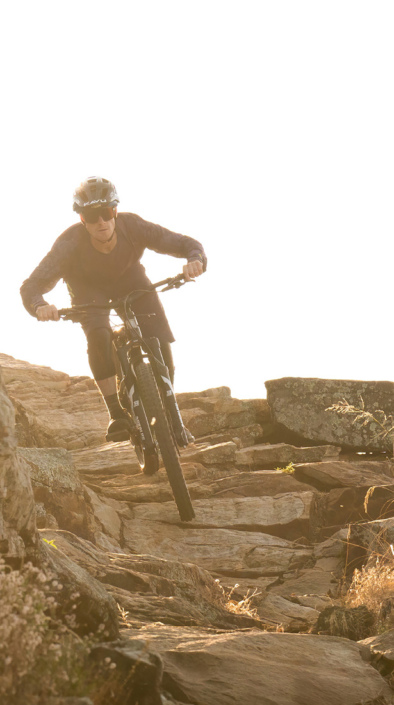
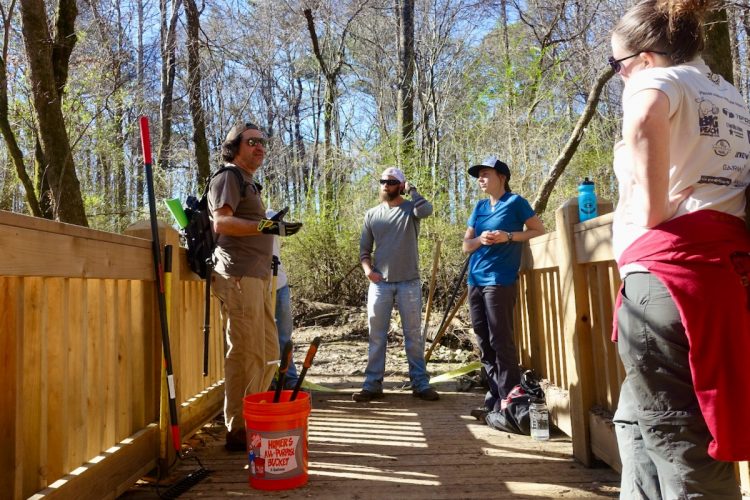


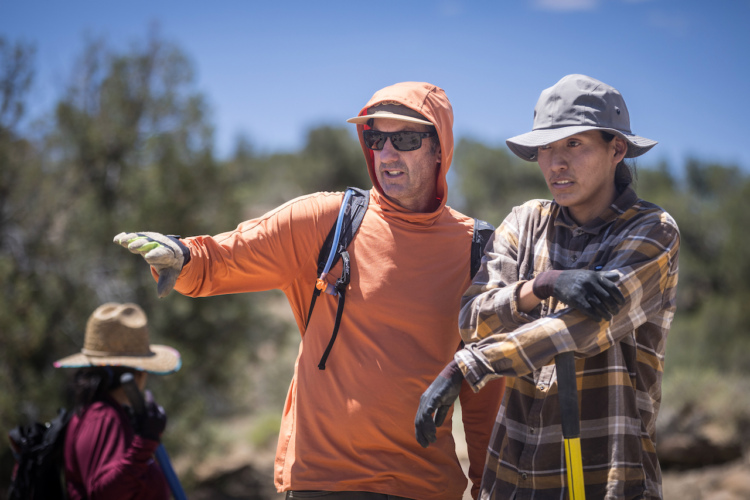


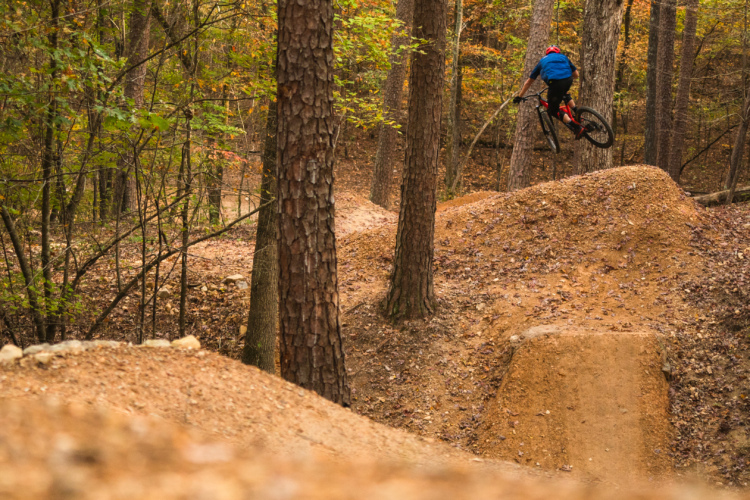
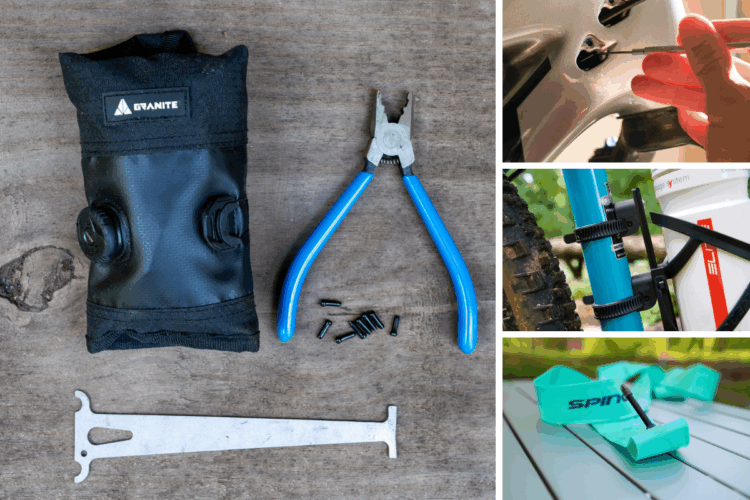

0 Comments